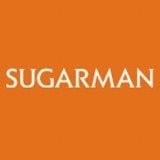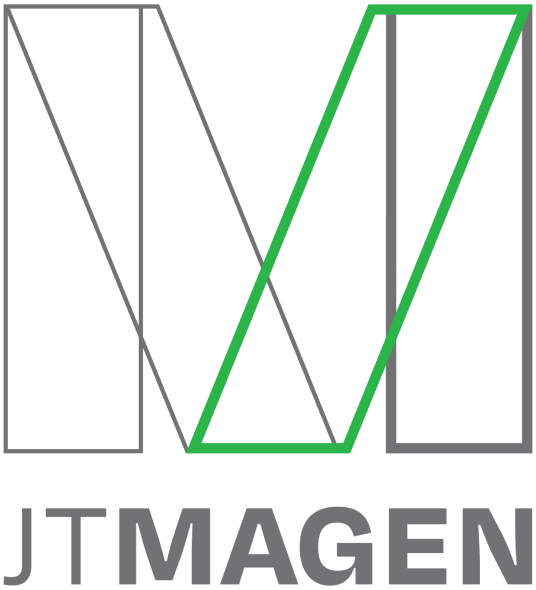When businesses today consider the future of their IT, cloud is always part of the conversation, and rightfully so. Improvements in technology over the past decade have enabled many functions to be accomplished through a cloud service that previously required servers.
Moving to the cloud, though, requires change, and when it comes to client-server applications that have been around for decades and are the lifeblood of a business (such as for accounting, time and billing, CRM, or ERP systems) change is scary. Scary because so much has been invested in an existing system which, other than being client-server based, can be a good, functional system. Scary because of so many "new and shiny" cloud options out there that may or may not deliver on their promises. Scary because even if a new solution can deliver everything a business needs (and that's a big 'if'), the migration process – from customization to data import to training – can take 6 or more months and require hundreds of hours of time. Scary because all too often, a business does not realize the true limitations and costs until it is too late to turn back.
So what is a business to do? Do they stick with their desktop and server IT model in order to keep their tried and true application software? Or do they take the risk and jump into a massive change to experience the benefits of cloud? Fortunately, there's a very happy middle ground, and it is called desktop-as-a-service (DaaS).
At its core, DaaS melds the best of both worlds by moving entire desktop computers and servers to the cloud, rather than just applications. Once in the cloud, these desktops operate just like every other desktop, running the same software programs and with the exact same look and feel as desktops that sit on a desk, but with the security, stability, and convenience of cloud. Users can access these "cloud desktops" from a range of devices, including just about any computer (Windows, Mac, Linux, or Chromebook) or a number of "thin client" devices, which act like a Roku or Amazon Fire TV Stick. Regardless of how a cloud desktop is accessed, it always looks and feels exactly the same and it, along with everything on it – every program, document, file, and setting – is always safe, secure, and protected in the cloud.
Ever since client-server applications appeared in the workplace more than 30 years ago they have helped companies facilitate processes and run more efficiently. Recently, many cloud applications (typically browser-based) have arrived on the market, but in many industries, the cloud alternatives simply do not stack up to their tried-and-true client-server software. Plus, this software still requires desktops. While web applications are improving, there have been so many technologies that promised to kill desktop applications (think of Java, Flash, Silverlight, and HTML5, to name a few), but at the end of the day, none of them have actually done it. When it comes to pure functionality, speed, and productivity, desktop applications still reign supreme.
Furthermore, even with certain business functions being in the cloud, desktop computers are still the amalgamation point, or the place where various applications interact and integrate. It is the place where preferences, settings, utilities, customizations, and documents live, and where users are most familiar and most productive.
The bottom line is that while desktops are not going away anytime soon, they are going off desks and into the cloud. By moving desktops and servers into the cloud, a business can keep all of the functional advantages of their familiar applications, avoid spending tens of thousands of dollars and months of time on migration projects, have a near-zero learning curve, and still achieve the benefits of cloud (like accessibility, security, and reliability) without having to deal with the headaches of desktops and servers (like maintenance, hardware errors, security risks, and costs).
We have helped many firms make the move to cloud and DaaS with Boxtop. Boxtop enables users to easily and securely log in from any internet-connected device to access all the same apps they already use. Boxtop looks and feels like your Windows PC, without any IT headaches. For more information or to request your free trial, visit www.tabush.com/boxtop.








